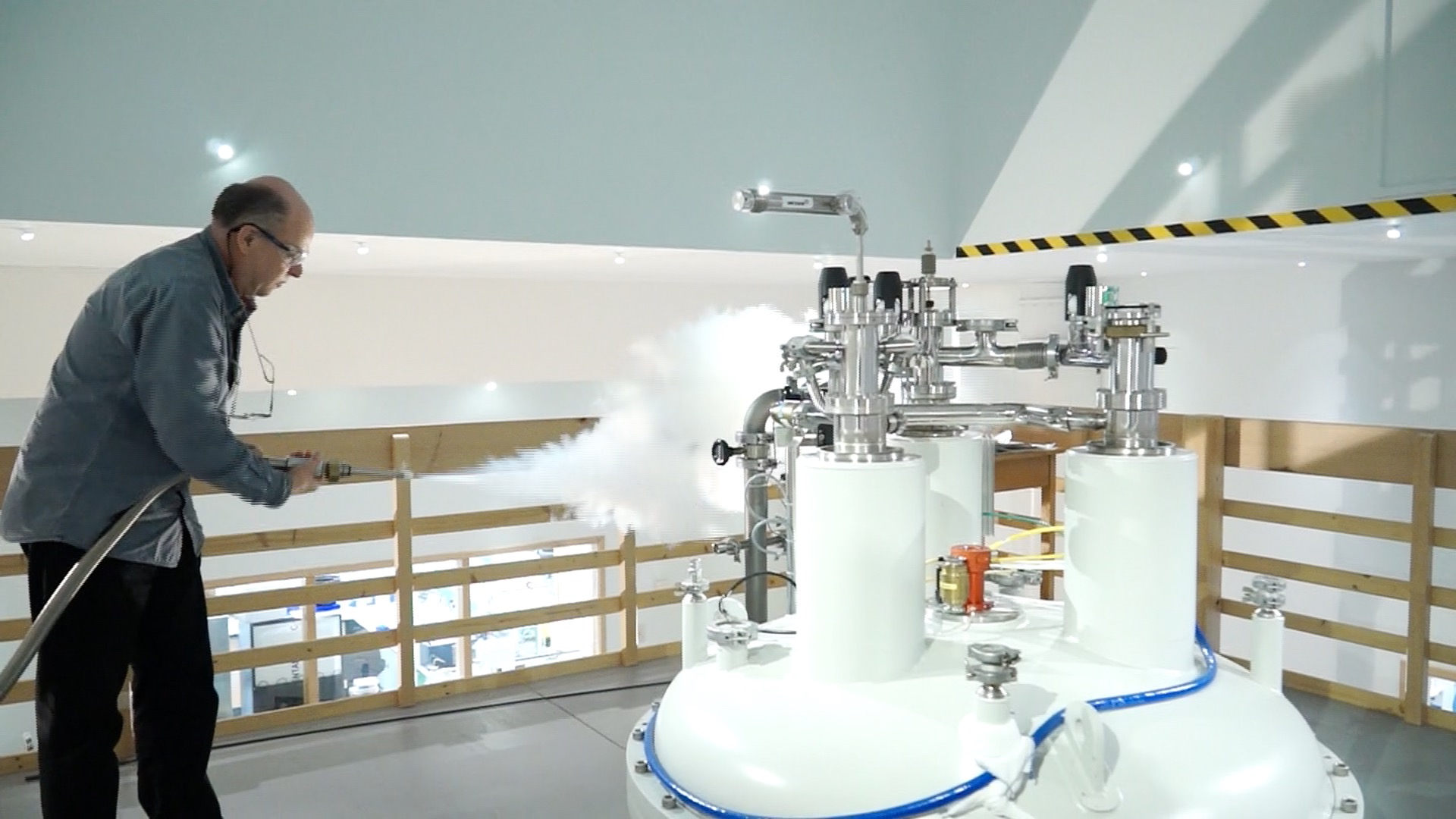Sustainable Campus Fund projects in Chemistry

Andrew Arnott, Lab Sustainability Coordinator, tells us about some of the innovative energy and resource-saving projects happening in the University’s Chemistry laboratories, using the Sustainable Campus Fund.
The University of Edinburgh’s Sustainable Campus Fund recently approved funding for two exciting projects in our Joseph Black Building for Chemistry.
Fume cupboards
The first is to convert 40 fume cupboards across two laboratories from constant air volume (CAV) to variable air volume (VAV). So why is this important? Well, the rather dry terminology hides behind it a huge potential for energy savings. Fume cupboards are ubiquitous in many science labs, but most especially in chemistry labs where they are a vital tool for safety. The fume cupboards extract air and expel it out of the building via ducting. This ensures air moves away from the lab worker, and any fumes within the fume cupboard do not cause harm to health or safety. However, it also means that lots of nice warm air is removed from the building and must be replaced with new air, which must also be warmed up (especially at this time of year!). So the main energy consumption of a fume cupboard is not really the fan motors, but rather the indirect impact on the heating system for the building.
A fume cupboard that operates 24/7 at constant volume can use over £2,000 worth of energy in a year – that’s twice an average household! By changing the fume cupboards from CAV to VAV we will enable the volume of air sucked through the fume cupboard to be reduced when the sash is safely down (i.e. when nobody is working at the fume cupboard over nights and weekends). This can result in major energy savings of £500 to £1,000 per fume cupboard! It is calculated that this measure will save almost 400 tonnes of CO2e annually…and if this project is a success there are many more fume cupboards where similar savings could be made around the University of Edinburgh estate, so substantial further savings are possible!
Helium capture
The second project is very different and focuses on conserving limited resources. Nuclear Magnetic Resonance (NMR) equipment contains magnets that require ultra-low temperatures to operate. Some of the equipment operates at just a few degrees’ kelvin above absolute zero, or around a staggering -270°C! In order to achieve such low temperatures, standard refrigeration techniques alone won’t work. Liquid helium is required instead. However, liquid helium evaporates to gaseous form very easily and requires regular top-ups. When helium gas, with its very small molecules (only hydrogen is smaller as an element), is released into the atmosphere it is so light that it floats very quickly upwards and out into space.
During the course of a year, the NMR lab consumes around 2,500litres of liquid helium. However, in nature helium is produced very slowly (so slowly it could legitimately be described as a finite resource) and reserves are becoming extremely limited. On earth, it is produced by the radioactive decay of rocks within the crust. Helium reserves are most commonly found when the gas has been trapped in the same geological structures which trap methane and other fossil-fuel gases. For many years it was an unwanted by-product of oil and gas extraction. The United States stock-piled helium during the 20th century then began to sell it off in the 1990s to reduce the ongoing costs of storage. This sell-off deflated the market price for helium, and it became common to see helium balloons! However, it did not make helium any more abundant on earth, nor speed up the rate of its production from radioactive decay.
We are approaching a time when the US will stop or significantly reduce its sale of helium from its stockpiles and the availability of the gas will dramatically reduce on the open market – leading to shortages and significant price increases. Shortages over the past decade have resulted in price inflation of 20% already. To reduce pressure on helium reserves, and ensure the University of Edinburgh is not contributing to the wastage of a limited and valuable natural resource, the NMR laboratory has been awarded funding from the Sustainable Campus Fund (match-funded by the School of Chemistry) to support the installation of equipment which will capture the gaseous helium when it boils off from the magnets, compress it, bottle it, and sell it back to our supplier who will then liquidise it and return to us a guaranteed supply of liquid helium even in times of market shortages. With this system in place, the University of Edinburgh will be demonstrating its commitment to resource efficiency, circular economy and continuing scientific endeavour.





Recent comments